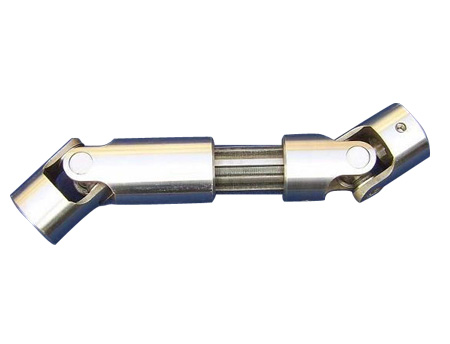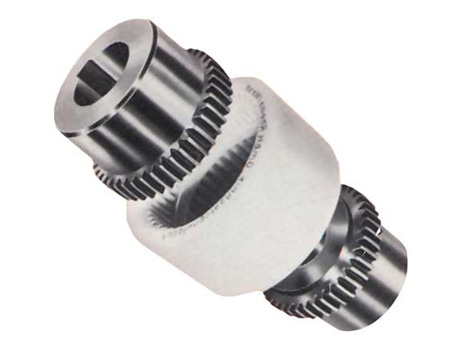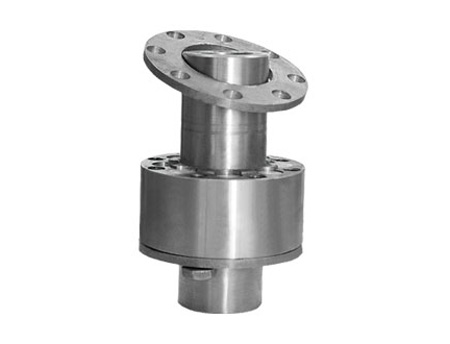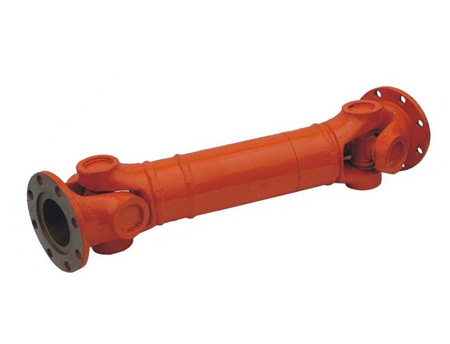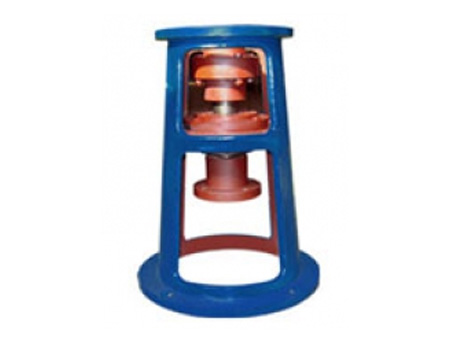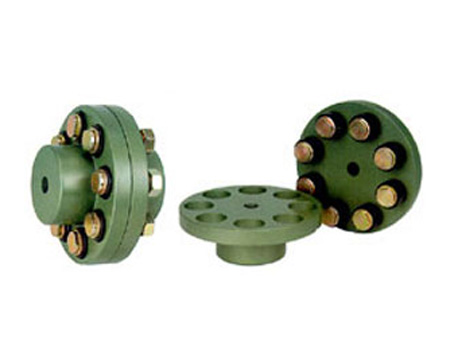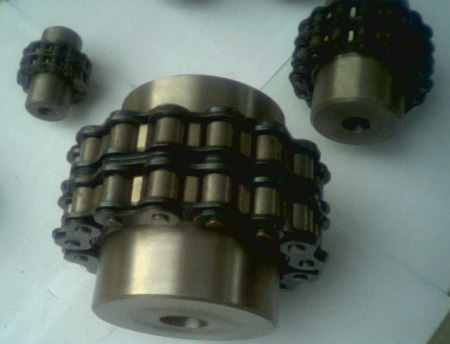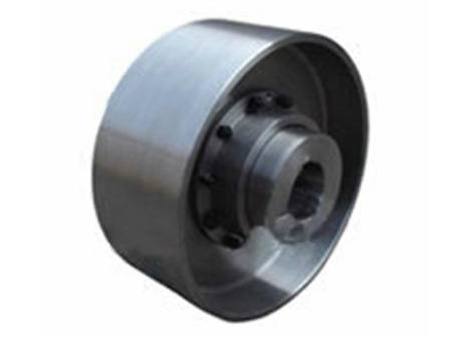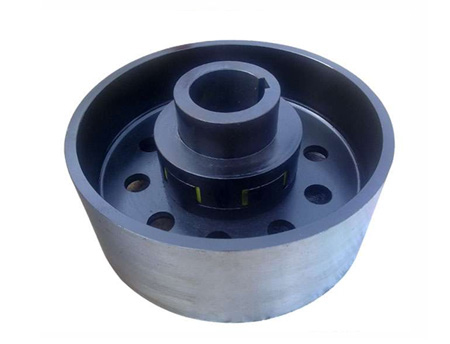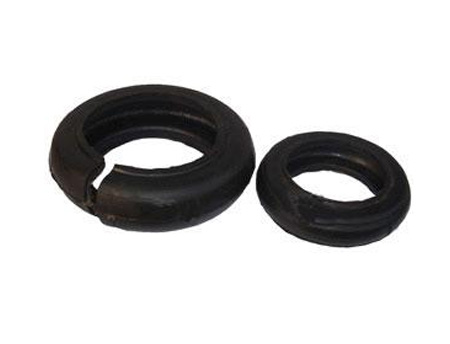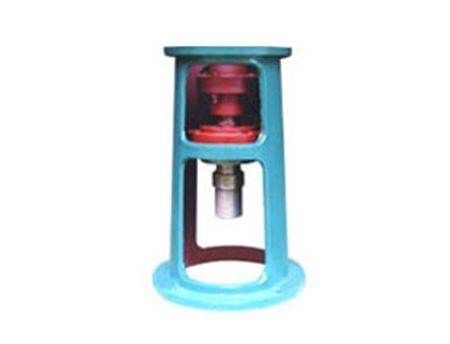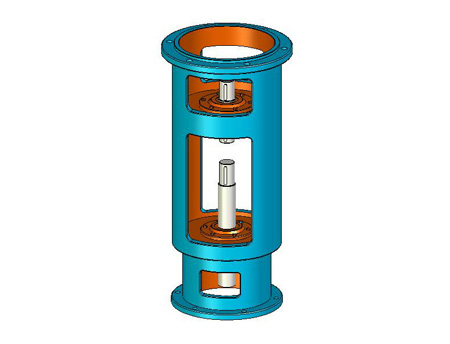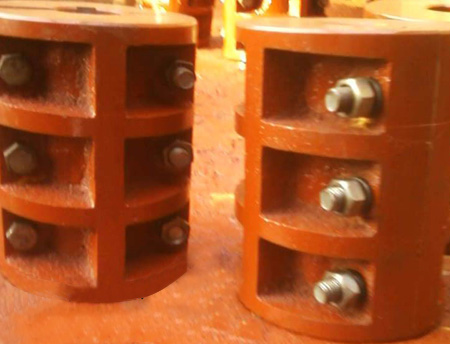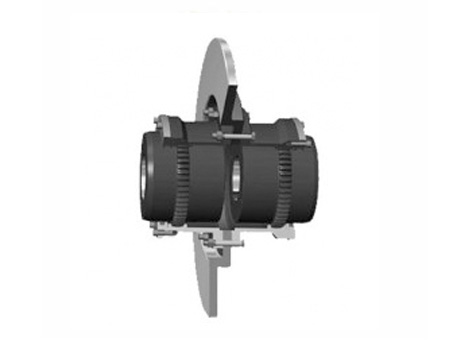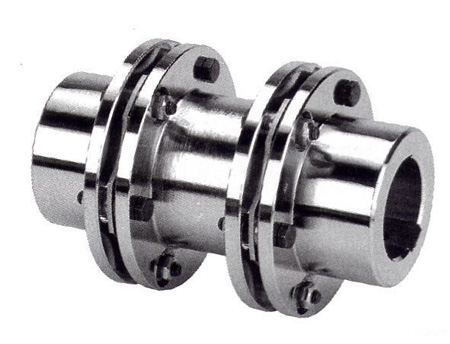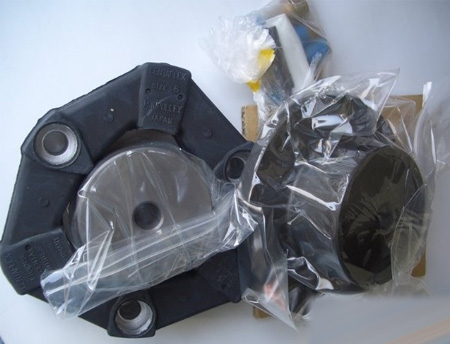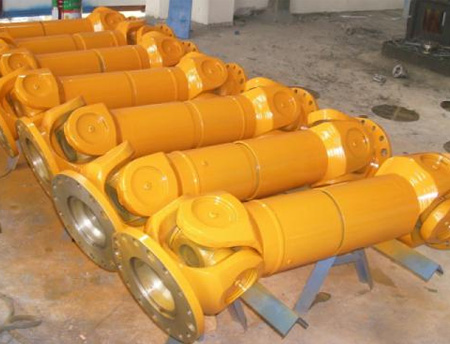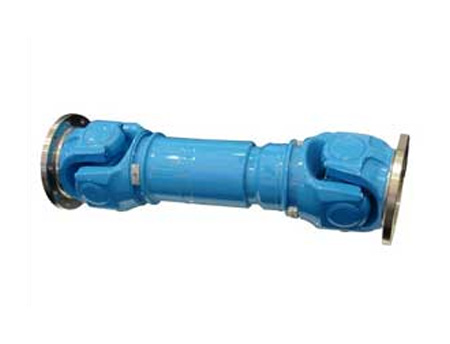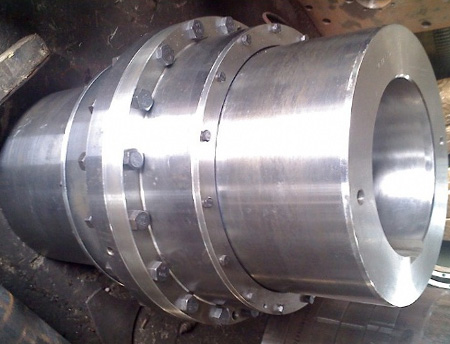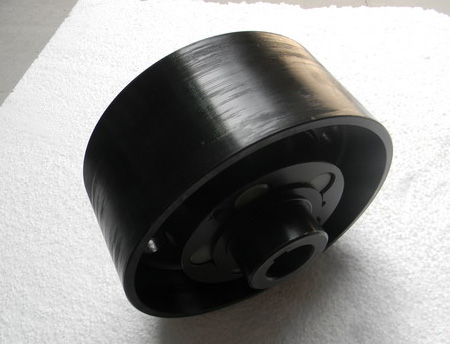Website: www.rigid-shaft-coupling.xyz
Address: Xihuan Industrial Zone, Botou City, Hebei Province
Coupling knowledge and load system
A mechanical part used to connect two shafts (driving shaft and driven shaft) in different mechanisms to rotate together to transmit torque.In high-speed and heavy-load power transmission, some couplings also have the function of buffering, damping and improving the dynamic performance of the shafting.The coupling is composed of two halves, which are respectively connected with the driving shaft and the driven shaft.The general power machine is mostly connected with the working machine by means of a coupling.
Couplings used in the transmission system of various mechanical products are different in structure and materials.Their carrying capacity varies greatly.The load category is mainly for the impact, vibration, forward and reverse rotation, braking, frequent start and other reasons of the working load of the working machine to form different types of loads.In order to facilitate selection and calculation, the load of the transmission system is divided into four categories.For example: elastic sleeve pin couplings, core elastic couplings, polygonal rubber couplings, tire-type couplings, etc.; shafting systems that need to be controlled for overload protection, and should be prevented from being used under low-speed and heavy-duty conditions. Only applicable Small and medium power couplings.Safe couplings should be selected; for shaft systems with large load changes and impacts and vibrations, flexible couplings with elastic elements and good cushioning and vibration reduction effects should be selected.The load-bearing capacity of the metal elastic coupling is higher than that of the non-metal elastic element; the reliability of the elastic coupling with the elastic element being squeezed is higher than that of the elastic coupling with the elastic element being sheared.
The flexible coupling with elastic elements, that is, the elastic coupling, should be selected. The load category of the radical system is the basic basis for selecting the type of coupling.The working load of shock, vibration, and transmission changes greatly.To buffer, reduce vibration, make up for axis deviation, and improve the performance of the transmission system.The torque during frequent starting, forward and reverse rotation, and braking is several times the torque during normal and stable operation. Overload work will definitely shorten the service life of the coupling elastic elements. The coupling can only be overloaded for a short time.
